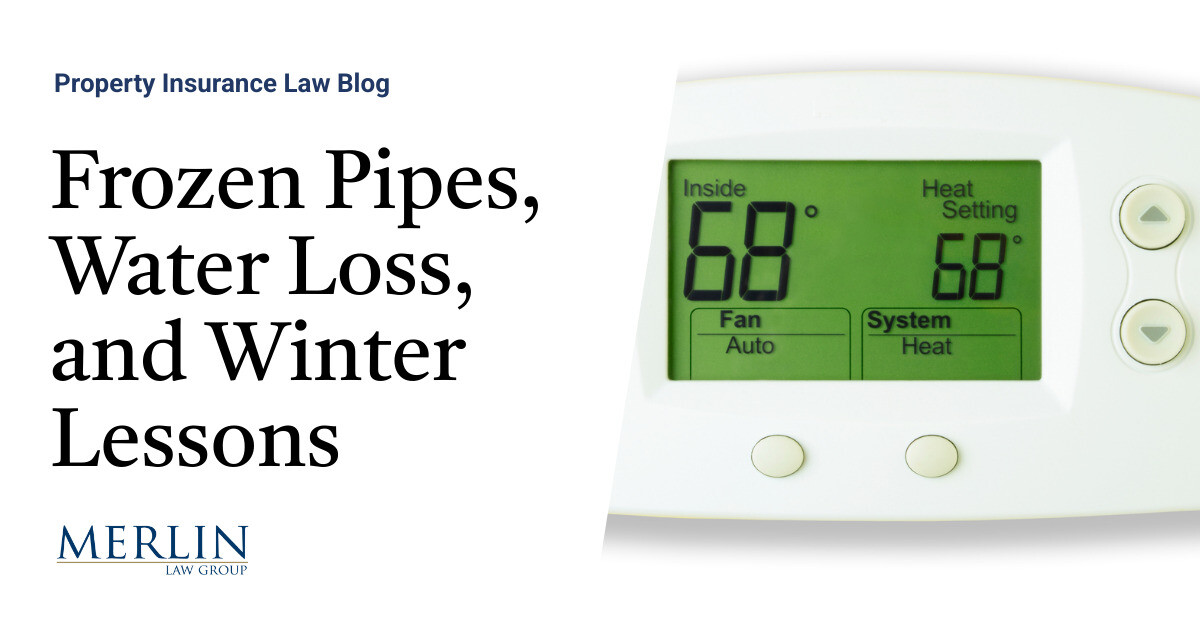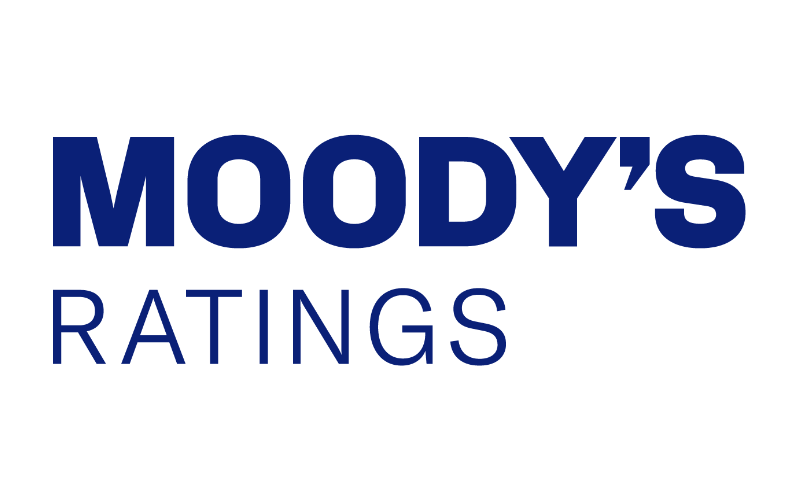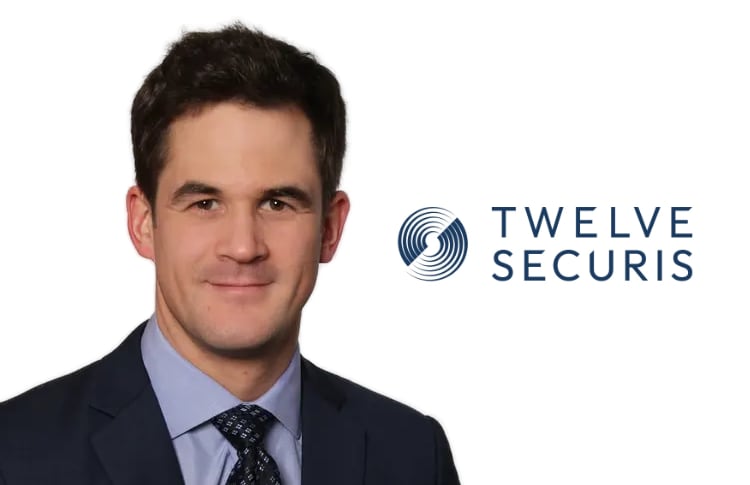
Homeowners insurance is one of the most important types of insurance you can own.Getting the best policy for you and your home requires research, comparison, and attention to detail. Fortunately, those are some of the few things we love more than talking about insurance!In this post, we’ll help you understand the eight different types of homeowners insurance policies.If you are looking for a policy, here are the best homeowners insurance companies for you, based on our research.To keep learning before you buy, here is some insight on the different levels of coverage.Similar to other types of property insurance, homeowners insurance coverage has multiple sections and coverage types.Homeowners insurance policies can have up to five components, including:Coverage A – Dwelling ProtectionCoverage B – Other StructuresCoverage C – Personal PropertyCoverage D – Additional Living ExpensesCoverage E – Personal LiabilityDwelling ProtectionProvides insurance for damage or loss of your home.Coverage A is not included in a renters insurance policy nor a condo policy in which only interior damage is covered.Other StructuresThis coverage provides insurance for damages to or loss of any other structures you may have on your property, including a detached garage, a woodshed, fencing, swimming pool, and trampolines, to name a few.This is automatically included in your homeowner’s insurance policy even if you do not have other structures on your property.Personal PropertyThis covers your personal belongings such as furniture, clothing, entertainment system, etc., anything that is not permanently affixed to your home.Personal property coverage is automatically included in most of the coverage types.It is recommended to get 50% to 75% of dwelling coverage for personal property coverage.Additional Living ExpensesThese are costs you may incur if you have to temporarily relocate because your home is unlivable as a result of the covered damage.Personal LiabilityThis protects you against a claim filed against you for injury or property damage if someone is injured while on your property.This usually starts at $100,000 of coverage, but you can increase the coverage amount if you need more liability.Each type of coverage specifically lists perils that are covered as well as perils not covered in the policy.Not all policies cover all perils.
Learn more about Perils at USLegal.com.For instance, the basic policy typically only covers 11 of the 16 perils.Covered Perils Include:Fire or smokeLightningWindstorm or hailExplosionRiot or civil commotionDamage caused by aircraftDamage caused by vehiclesSmokeVandalism or malicious mischiefTheftVolcanic eruptionFalling objectThe weight of ice, snow or sleetThe Most Common Excluded Perils:FloodsEarthquakesHurricanes (flooding)MoldInfestationsNeglectNamed PerilThis means that your policy only covers the perils listed in your policy but does not cover those specifically listed as excluded.For instance, earthquakes and floods are generally excluded from almost all policy types.Open PerilThis is a broader policy type because it covers all perils except for those perils excluded in the policy.Open-peril policies are typically more expensive than named perils but are more comprehensive and provide broader coverage.The three different types of replacement cost coverages associated with homeowners insurance policies are:1 – Actual Cash ValueThis pays for your home or personal possessions based on market value, or after depreciation is deducted.2 – Replacement CostThis pays for the cost of rebuilding or repairing your home or replacing possessions without a depreciation deductible applied.3 – Guaranteed/Extended Replacement CostThis policy pays you above the cash value of your property.Many times, the replacement coverage is 125% of the stated limit of coverage.This policy type is not available in all states and is the most expensive of the replacement policies.BasicBroadSpecialTenant’sComprehensiveCondoMobile HomeOlder Home1 – HO-1, Basic FormThis is the basic, named-peril homeowners insurance policy form.
It is the least expensive but also offers the least amount of coverage.Typically, the following perils are covered under a basic form policy:Fire or smokeExplosionsLightningHail and windstormsTheftVandalismDamage from vehiclesDamage from aircraftRiots and civil commotionVolcanic eruptionThis type of coverage mostly covers dwelling protection.With some homeowners insurance carriers, you can add on personal property coverage, and/or liability.2 – HO-2, Broad FormThis named-peril policy covers all of the perils covered in the basic form, plus the following perils:Falling objectsThe weight of ice, snow, or sleetFreezing of household systems such as heater or air conditioning unitSudden and accidental damage to pipes or other household systemsAn accidental overflow of water or steamSudden and accidental damage from an electrical current (artificially generated)The broad form usually covers dwelling protection, other structures, personal belongings, and liability.This type, however, only provides coverage for the named perils listed in the policy.3 – HO-3, Special FormThis is the most common type of homeowner’s insurance coverage due to its affordability and coverage.To start, it covers all of the perils listed in the HO-2 policy and more.It is a named peril policy, so it protects you against any and all perils except any specifically excluded in your policy.The special form covers your property, personal belongings, and liability protection.Common perils excluded are earthquakes and floods.4 – HO-4, Tenant’s FormThis is a renters policy for home insurance.
Under this policy, as a renter, your personal belongings and personal liability are covered.The home itself is not because it is covered by the owner’s home insurance.Additional living expenses can sometimes be added to the tenant’s form policy.5 – HO-5, Comprehensive FormThis policy often covers more perils than any other policy type.It is an open peril policy for both property and liability, and it covers all perils except any specifically listed as exclusions on the policy.Common perils excluded include earthquake (or earth movement) and floods.This is the broadest form of homeowner’s insurance available.It is more expensive than HO-3, but it does provide more comprehensive coverage.6 – HO-6, Condo FormIf you own a condo, this is the type of coverage you need.It provides protection of your personal belongings, personal liability, and for the interior of your condo, including the walls, floors, and ceilings.7 – HO-7, Mobile Home FormThis policy is for mobile or manufactured homes only.
It has the same coverage as HO-3, but is designed specifically for these types of homes.8 – HO-8, Older Home FormThis type of policy is specifically for older homes (age classified by the insurance carrier) and offers the same protections as HO-3 but with modifications to address the differences that may exist in an older home.*While we make every effort to keep our site updated, please be aware that "timely" information on this page, such as quote estimates, or pertinent details about companies, may only be accurate as of its last edit day.Huntley Wealth & Insurance Services and its representatives do not give legal or tax advice.
Please consult your own legal or tax adviser.
Publisher: Insurance Blog by Chris








